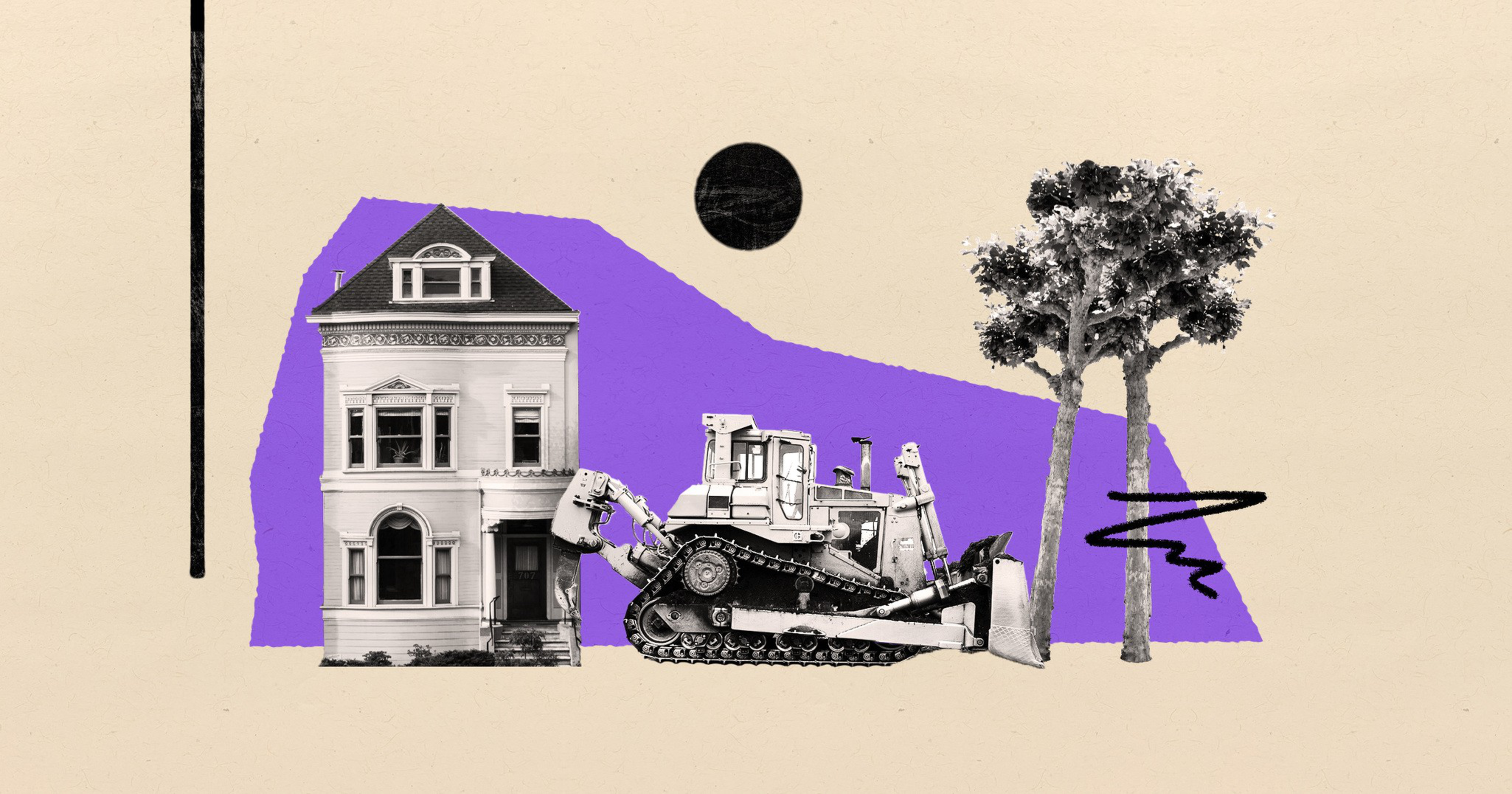Hayden Clarkin is the CEO and founder of TransitCon and a transportation engineer who has worked on large-scale transit projects in California
“It’s been 84 years,” an older and wiser Rose says at the end of Titanic, referring to the time that elapsed between the ship’s sinking and its rediscovery. There’s no better sentiment that embodies the state of capital-transit projects in California. This Friday, the Van Ness Ave Bus Rapid Transit in San Francisco will finally see riders board after a ribbon-cutting that’s now decades in the making.
If a project to put red paint down a street was started at the same time Gmail was created, what makes anyone think that California can meet its monumental housing needs by building new cities from scratch?
Nathan J. Robinson’s recent Current Affairs article “Why Doesn’t California Solve Its Housing Crisis by Building Some New Cities (opens in new tab)?” does just that. It’s a cacophony of competing realities whose central aim is that “the people of California simply need to approve a plan to build some more cities, perhaps in the largely uninhabited northern third of the state.”
The task is anything but simple. The fatal irony in Robinson’s conclusion is that while he laments the YIMBY (“Yes In My Backyard”) movement, he acknowledges that the state urgently needs more housing, somewhere.
I’ve visited the dense redwood forests with thousand-year-old trees some 96 feet in circumference and removing them is a non-starter in the land of CEQA and common sense. It’s probably best to build housing on the copious amounts of land already connected to the state’s transportation grid, which is primed for infill development.
Robinson’s piece reads like that of a disgruntled architectural critic, surmising that the suburban “wastelands” of many California cities can be corrected by building new ones. But while his characterizations of the suburban built environment are accurate, he doesn’t believe in actually changing them much.
Self-contained cities surrounded by greenbelts were at the heart of a late 19th-century, nature-centric movement termed “the Garden City (opens in new tab)” and that served as inspriation for Robinson. But even though it’s too late for Los Angeles County to look like the work of landscape architect Frederick Law Olmsted, it’s still far harder to build new cities rather than adapt the ones we already live in to a changing climate.
Robinson presents a typical NIMBY (“Not In My Backyard”) binary, where even the most modest proposed apartment complex is decried as the “Manhattanization (opens in new tab)” of someone’s neighborhood. Any infill development or change of the zoning is presented as turning “San Francisco into Hong Kong, and fill it with skyscrapers containing little sleeping compartments.” Robinson argues that the “drastic” changes to our existing cities that YIMBYs propose “often displace large numbers of existing residents, gentrifying neighborhoods [and] eliminating preserved historic buildings.” Let’s debunk these falsehoods with Californian cities as an example.
According to the National Community Reinvestment Coalition, San Francisco-Oakland is the most intensely gentrifying place in America (opens in new tab), with four other Californian cities rounding off the top 20. Given the paltry amount of housing created in the last few decades, it’s hard to argue that the status quo, building almost nothing, has curbed that gentrification.
Then we get to “neighborhood character,” a term many NIMBYs use, often to equate change with destruction. Attend any California public hearing on new development and the phrase will echo the halls with every outraged homeowner vying to preserve their greatest asset, their home’s value. But what Robinson and other NIMBYs fail to realize is that “neighborhood character” is an individual truth bounded by one’s own consciousness.
It can also lead to ugly spectacles, like residents of some of the city’s richest zip codes citing neighborhood character as a reason not to turn an abandoned McDonald’s into housing (opens in new tab). It’s a classist argument for the generations who came before us to lock in many of the privileges they enjoy.
Such subjective excuses to block the construction of 3.5 million homes—as a 2016 report (opens in new tab) estimated the state requires—cannot ignore that California cities need to look different. Instead of building a new Barcelona, a city that Robinson seems to love—and everyone else—it’s far easier to build upon the cities we have. So rather than build a new city in California’s most wildfire-prone (opens in new tab) area during the worst drought in 1,200 years (opens in new tab), might I propose that we transform every surface parking lot into the Barcelona that both Robinson and I adore?
According to Superspace (opens in new tab), a research firm, Los Angeles County has 101 square miles of surface parking lots, an area that can fit more than two Barcelonas. If Barcelona’s density of 41,000 people per square mile were overlaid on these surface parking lots, Los Angeles County could develop enough housing for roughly 4.14 million new residents, without converting any wilderness to cul-de-sacs. Even leaving three-quarters of those parking lots alone would create space for one million people.
With this back-of-the-napkin math, I haven’t proposed the alteration of a single existing dwelling unit or interfered with a single historical designation and have given a “gentle density” in the urban form of Barcelona. Of course, population growth in LA on that scale would create immense logistical challenges of its own (in particular, transportation) but the point is that we do not need to build a second Los Angeles somewhere vaguely near Redding.
Robinson laments the aesthetics of California’s urban centers, using the desire to fix the housing market as a pretext to build new master-planned cities of a bygone era. Unfortunately, utopian ideas have never been good at being practical or achievable.
Follow Hayden on Twitter @the_transit_guy
